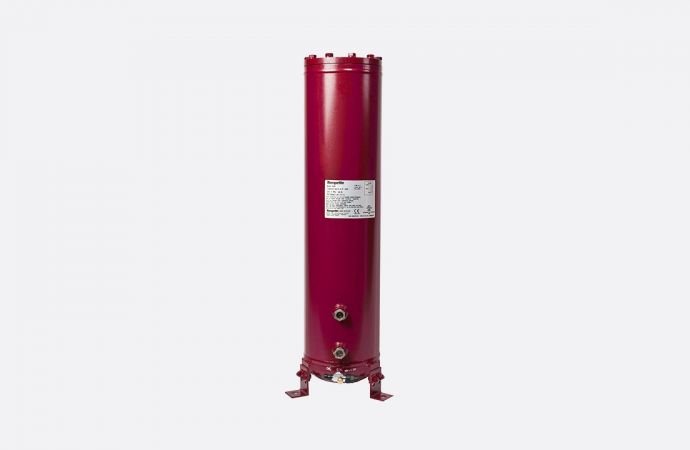EIA’s proposal would require manufacturers that delay start-date for 750 GWP cap to purchase recycled HFCs.

© 현경_윤/ iStock
The U.S. division of the Environmental Investigation Agency, based in Washington, D.C., is proposing that the California Air Resources Board (CARB), which is considering new regulations for HFCs, adopt an HFC recycling plan for air conditioners that would help the state meets its 2030 HFC emission-reduction goals.
The proposal came in response to a request at an online CARB workshop last week by the Air-Conditioning, Heating & Refrigeration Institute (AHRI) to delay CARB’s proposed 2023 start date for requiring new stationary air-conditioning equipment to use refrigerants with a GWP less than 750.
Requesting a two-year-delay, AHRI contends that the 2023 date “is unmeetable due to slower than expected updates to state building codes as well as economic hardships brought on by the COVID-19 pandemic,” said Christina Starr, Climate Policy Analyst, in a blog post.
EIA, along with other environmental stakeholders, opposes any delay in proposed deadlines for these new regulations.
CARB asked stakeholders to formulate alternate proposals that would allow companies requesting a delay to reduce an equal or greater amount of HFC emissions by 2030. Under California law, the state is mandated to cut HFC emissions by 40% below 2013 levels by 2030.
EIA’s proposal is to provide manufacturers an extension to the 2023 start date (up to two years) in exchange for requiring them to help jumpstart a market for increased use of reclaimed HFC refrigerants.
“Instead of buying new synthetically produced HFCs, equipment manufacturers can purchase ‘reclaimed’ refrigerant – that is, used refrigerant that’s undergone a cleaning process to remove impurities so it can be safely re-used without damaging equipment – to pre-fill new air conditioners or other equipment they sell onto the market in California,” said Starr.
Manufacturers would have to use enough reclaimed refrigerant to offset not just the initial refrigerant used to fill the equipment, but “enough to also offset any additional refrigerant that gets added to replace leaked refrigerant over the equipment’s full lifetime,” added Starr. “It’s not hard math; for most types of equipment we know estimated lifetime expectancy and how much refrigerant it leaks on average.”
EIA has previously outlined the opportunity in recycling HFCs in a report, “Search, Reuse, and Destroy: How States Can Take the Lead on a 100 Billion Ton Climate Problem.”
Starr noted that most refrigerant isn’t properly recovered from equipment at its end of life. “Instead most refrigerant gets vented into the atmosphere, a practice that’s illegal if done intentionally, but nonetheless commonly happens and contributes the vast majority of overall HFC emissions,” she said.
CARB plans to start a 45-day comment period for the package of proposed regulations on October 23, but is accepting comments on its regulatory text for that package up to August 5 here. A board meeting on the regulations will take place December 10-11.
A similar timeline is in place for regulations of HFCs in refrigeration equipment, including a 150 GWP cap for new systems with more than 50lbs of refrigerant starting in 2022. In January, CARB proposed new regulations pertaining to the installed base of supermarket refrigeration systems. All California retailers with a refrigeration system containing over 50lbs of refrigerant will have to comply with one of two new options by 2030: reduce company-wide average refrigerant GWP to 1400, or reduce their baseline refrigerant GHG potential by 55%. Larger companies with at least 20 stores will also have an interim target to meet in 2026.
Instead of buying new synthetically produced HFCs, equipment manufacturers can purchase ‘reclaimed’ refrigerant."
– Christina Starr, EIA
Related stories



